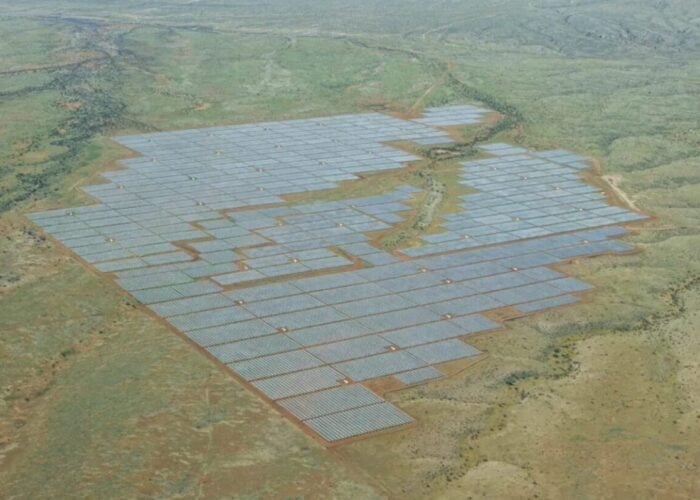Having gone through a major financial restructuring, SolarWorld is starting to tackle its manufacturing competitive issues with a round of technology upgrades and new product introductions.
At the core is upgrading its multicrystalline ingot/wafer production plants in Germany and the US that includes lower cost production, a key problem the company had in competing with Chinese producers that had both the scale and claimed lowest production costs that have seen almost all wafer production in Europe stopped.
Unlock unlimited access for 12 whole months of distinctive global analysis
Photovoltaics International is now included.
- Regular insight and analysis of the industry’s biggest developments
- In-depth interviews with the industry’s leading figures
- Unlimited digital access to the PV Tech Power journal catalogue
- Unlimited digital access to the Photovoltaics International journal catalogue
- Access to more than 1,000 technical papers
- Discounts on Solar Media’s portfolio of events, in-person and virtual
In its efforts to upgrade processes, SolarWorld said in its first-half year interim financial report that its wafer operations in Hillsboro, Oregon would close at the end of August, 2013 for upgrades to processes.
Only R&D activities in relation to monocrystalline wafers would continue. SolarWorld noted in the report that further restructuring and job losses at Hillsboro would be made, without providing further details.
When the multicrystalline wafer plant operations would resume was not made clear in the report.
The lower cost ingot/wafer technology will also be introduced at its plant in Freiberg during the second-half of the year. The company had previously halted some its ingot/wafer production at the site.
SolarWorld’s production plants in the US and Germany made operating losses in the first-half of the year of €30 million and €43 million respectively.
R&D spending a technology migration
As previously reported by PV Tech, SolarWorld has consistently been a top spender on R&D compared to many of its major rivals and was one of only 5 major producers to increase R&D spending in 2012. However, its financial position and key projects in monocrystalline wafer technology coming to an end, SolarWorld guided R&D spending in 2013 would be reduced to €52 million.
The company had said in its 2012 annual report that it would be commercialising its monocrystalline wafer and cell technology and continue development of its high-performance PERC cell technology to boost efficiencies.






